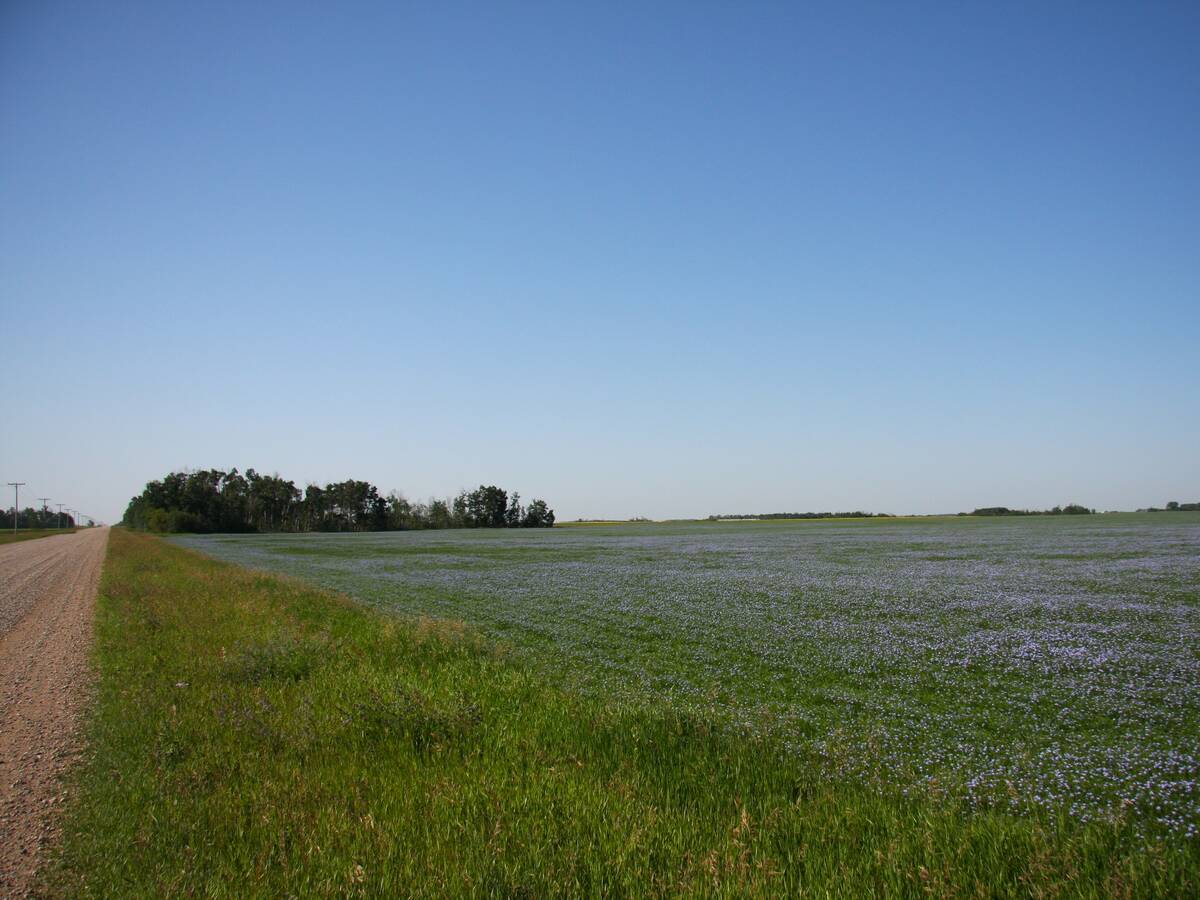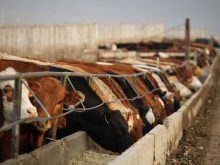OLDS, Alta. – Even in a province known for its adventurous farmers, there are probably still a few Alberta producers who doubted someone would pay $11,000 for a goat.
With their cowboy boots scuffling the hardwood floors of the Olds College alumni centre, bidders and curious onlookers crowded into the auditorium to catch a peek at the Boer goat business. By the end of the Nov. 3 sale , 25 does and bucks were sold for $149,700, to average $5,988.
This was the third sale since last year to sell stock raised in the college’s 130-head demonstration herd. At last spring’s all-female sale, a doe was sold for $62,000.
Read Also

Farmland advisory committee created in Saskatchewan
The Saskatchewan government has created the Farm Land Ownership Advisory Committee to address farmer concerns and gain feedback about the issues.
At the most recent sale, Terry and Laurel Dingwall paid $11,100 for a buck to post the top price of the day. At their Rocky Rapids farm about 130 kilometres southwest of Edmonton, they plan to build a breeding and commercial herd. They’re expecting at least 75 kids to be born next spring, which will give them a wide selection of fullblood breeding stock, as well as a herd for the meat market, said Dingwall.
Market will expand
Most of the Canadian Boer goats are found in Alberta and breeders are confident a strong market exists for the meat within Canada’s rising ethnic population, said Dingwall. North America is one of few places in the world where goat meat is not a regular part of the diet.
The next step for this three-year-old industry will be growing enough goats for slaughter and finding a processor, said Dingwall.
Several American buyers were present at the Olds sale. Since demand for them is so high there, breeders can’t get enough, said Sharon Marsh, who manages the Olds College herd. Two does and a buck were sold to South Carolina breeder Roger Porter, and Ken Evans of Oregon bought two females and a male.
Boer goats are heavily muscled meat animals that mature quickly. They have floppy brown ears and a white blaze down the centre of their faces. The rest of the body is white. The males grow long backward-curving horns. They have friendly dispositions and are easy to handle.
Originally from South Africa, the first Boer goat embryos arrived in Canada three years ago from New Zealand’s Landcorp Farming Limited.
Landcorp is a major farming operation spread over a million acres.
To get the goats into Canada, the corporation set up the demonstration herd at Olds College, which it still owns. The does are flushed in a multiple ovulation program. Resulting embryos are then transferred to recipient domestic goats to quickly build the population.
Marsh said flushing has been successful with a record number of 54 viable embryos coming from a single doe. A seven-month-old doe yielded 29 eggs from her first flush and it’s not uncommon to get about 40 eggs per harvest.















